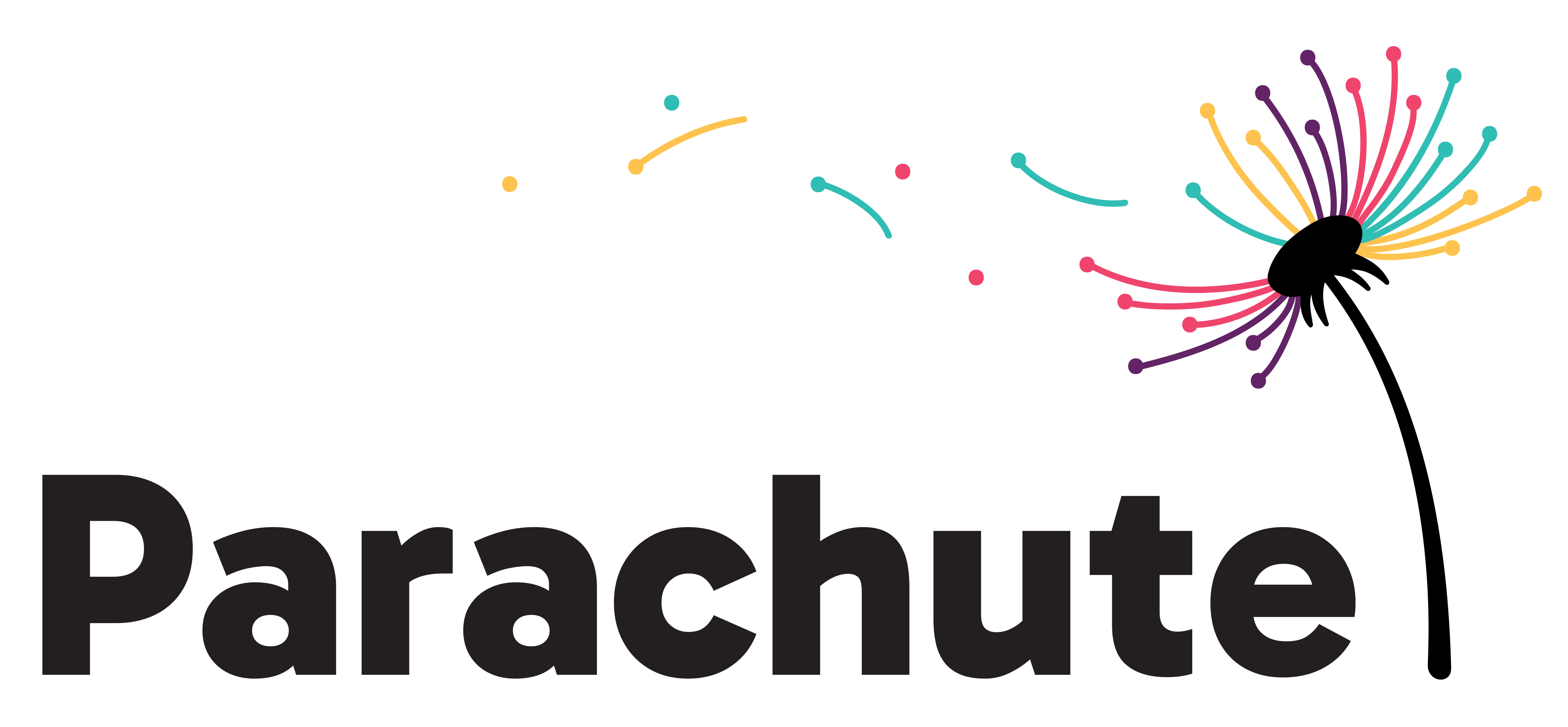
“What you leave behind is not what is engraved in stone monuments, but what is woven into the lives of others.” – Pericles
Wise words from Pericles… the Athenian statesman, not the evil parrot in Scooby-Doo. A leader in Athens during its Golden Age, Pericles championed democracy, philosophy, and the arts. Even today, his words perfectly capture the essence of legacy giving – it’s not about what we build for ourselves, but what we leave behind for others.
At Parachute, we understand that fundraising is always evolving. While major gifts and regular giving remain essential pillars for any future-focused organisation, bequests and gifts in wills deserve just as much attention.
Why bequests matter
Legacy giving allows organisations to plan with confidence, knowing there’s some degree of long-term financial security. Yet many charities struggle to integrate it into their broader fundraising strategy.
The facts
| Only 6.5% of Australians will leave a bequest, compared to 10% of Americans and 13.7% of Brits. | The average Australian bequest is between $40,000 and $50,000. |
| Australians have a growing appetite for charitable bequests, with a 4.4% increase in gifts in wills to $13.9 billion in 2021–22. | Bequests enable people to give substantially more. It would take a regular giver 33–41 years of consistent $100 monthly donations to match the average bequest. |
With the rising cost of living and ongoing housing crisis, many Australians are finding it harder to give during their lifetime. Financial pressures mean regular donations may not be feasible, even for those who strongly support a cause. Bequests offer a win-win solution. Donors can make a significant impact in a way that aligns with their long-term financial security.
Despite this, many charities struggle to engage supporters in meaningful conversations about bequests. Traditionally, legacy giving has been a delicate topic – one that requires thoughtful communication over time. The challenge for most organisations is how to integrate bequests into the donor journey in a way that feels natural, engaging and inspiring.
Why people leave a gift in their will
| Achieve a greater sense of belonging
Retirement or later life can sometimes feel isolating. Giving offers a renewed sense of purpose. |
A meaningful connection to your mission
Some donors choose to give because they or a loved one have personally benefited from your organisation’s work. |
| A desire to give back
Leaving a bequest is a way to balance a lifetime of personal gain. |
Creating a legacy of generosity
A bequest is often seen as a way to make a lasting impact. |
So how do we inspire more legacy gifts? The answer lies in storytelling.
Fundraising and leadership coach Stephen George often says, “Stories are the currency of legacy giving”. When we tell stories, we reduce uncertainty and build connections with potential donors – we encourage them to see themselves reflected in the narratives. Combine this with tangible impacts and now they understand how their gift will make a real difference.
The role of digital
Legacy giving is no longer just a conversation for lawyers and financial advisors – in fact, it hasn’t been for a long time. It’s a powerful, digital-first opportunity for your organisation to generate long-term impact. So, let’s take a look at how digital innovation can unlock its full potential.
Building awareness
Many potential legacy donors simply don’t know that leaving a bequest is an option. Digital content, including blogs and social ads can raise awareness and normalise the conversation around gifts in wills. A good content strategy would target potential donors on a number of channels, consistently building credibility and showcasing impact.
SEO and search-driven giving
People often turn to a search engine when starting their estate planning. A robust SEO strategy ensures your organisation will appear in search results when they search terms like “how to leave a gift in my will” or “charitable bequests Australia”. By optimising website content with the right keywords and FAQs, you can position yourself as a trusted resource in the decision-making process.
Personalised email journeys
Legacy giving isn’t an impulse decision – it takes time. Automated email nurture sequences can help educate and engage potential bequestors, giving them relevant information, testimonials, case studies and gentle prompts over months or even years. Personalisation is key here – emails should acknowledge your donor’s existing relationship with your organisation and align with their interests.
Regular, meaningful communication builds trust and ensures your organisation remains top of mind.
Simplifying the process online (important!!)
One of the biggest barriers to bequests is perceived difficulty. A clear and user-friendly digital experience – we’re talking easy-to-navigate landing pages, testimonials, online will partnerships and step-by-step guides – will make the process feel more accessible and achievable.
Digital advertising
Digital platforms like Meta ads provide an agile way to build ongoing relationships and reach potential donors at the right time in their decision-making journey. These ads can:
- Promote awareness and normalise legacy giving
- Share donor testimonials to leverage peer influence
- Direct potential donors to a user-friendly landing page
The future of bequests
Bequests have the potential to transform the not-for-profit sector, but only if we communicate about them effectively. Digital innovation, combined with powerful storytelling, will ensure more people see legacy giving as a meaningful, accessible and rewarding way to make a lasting impact.
Want help with your bequest strategy? Get in touch!
